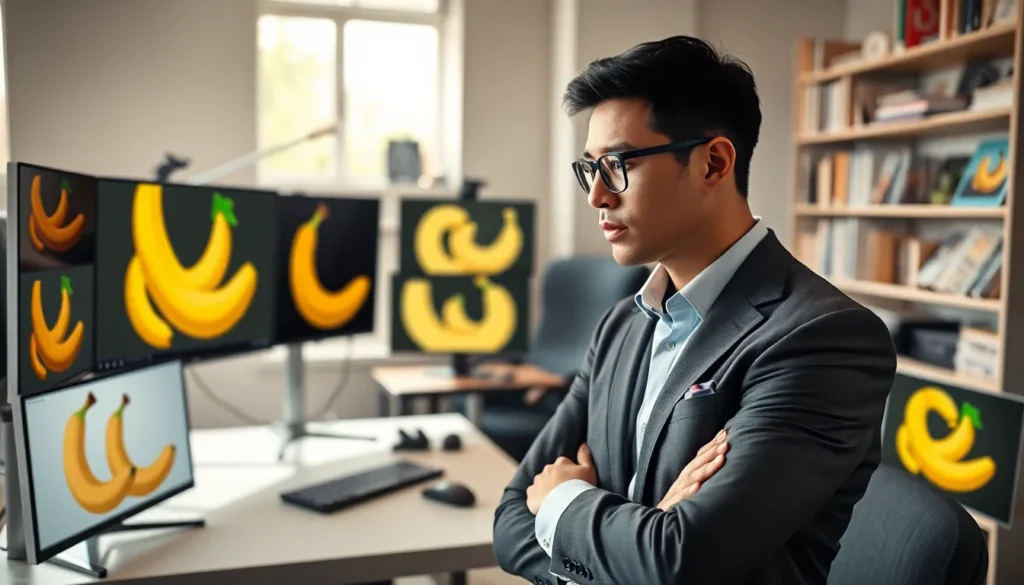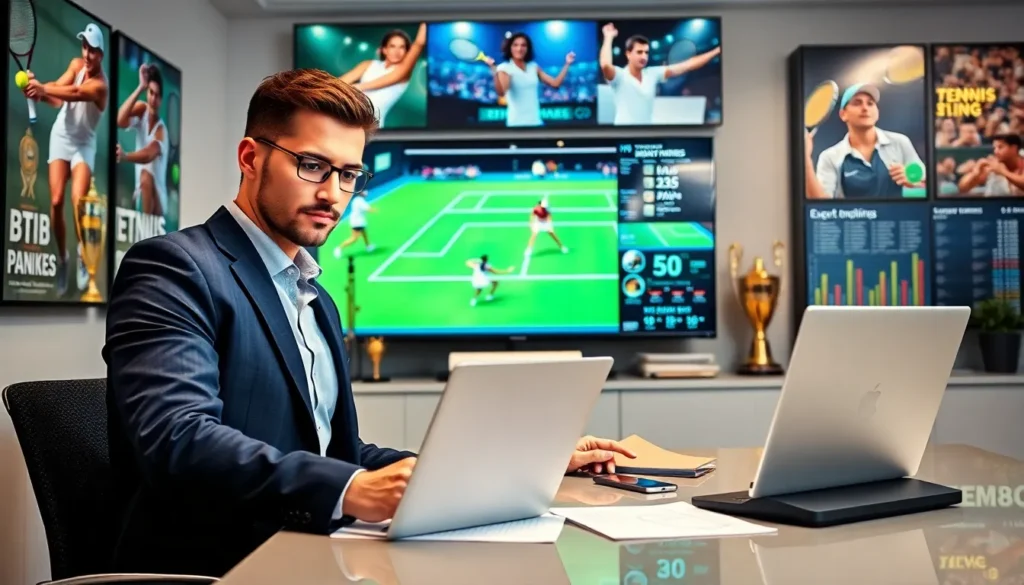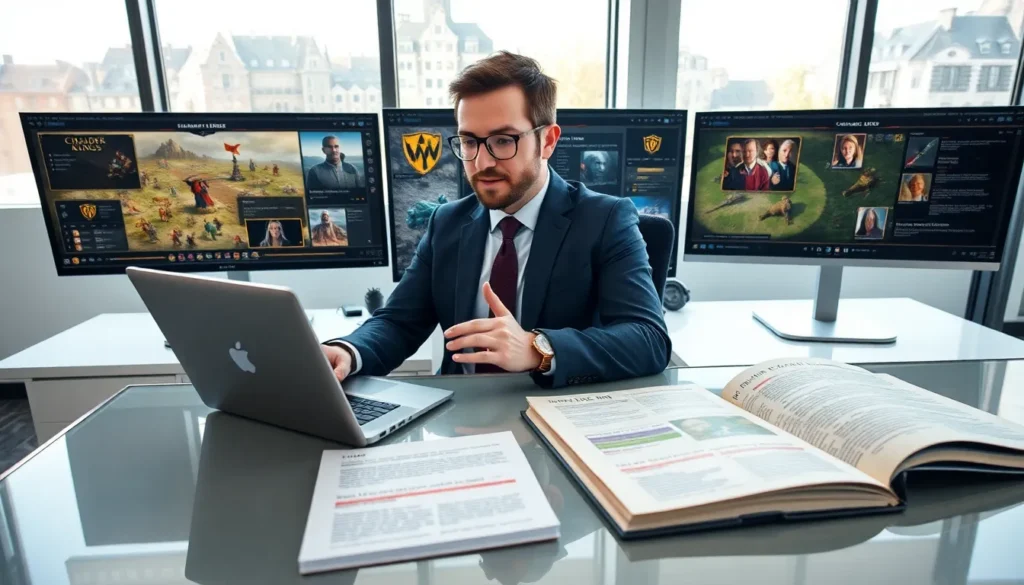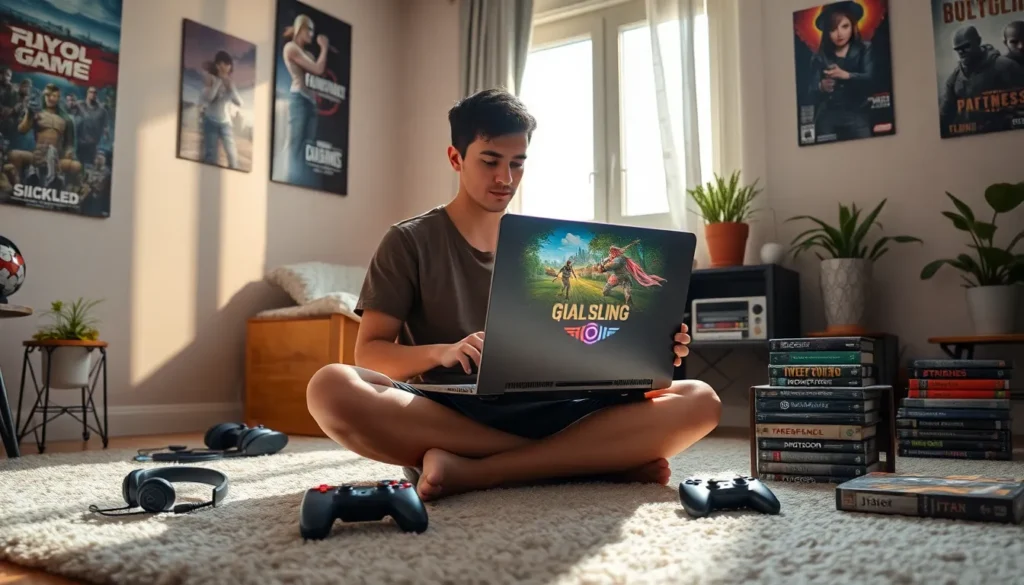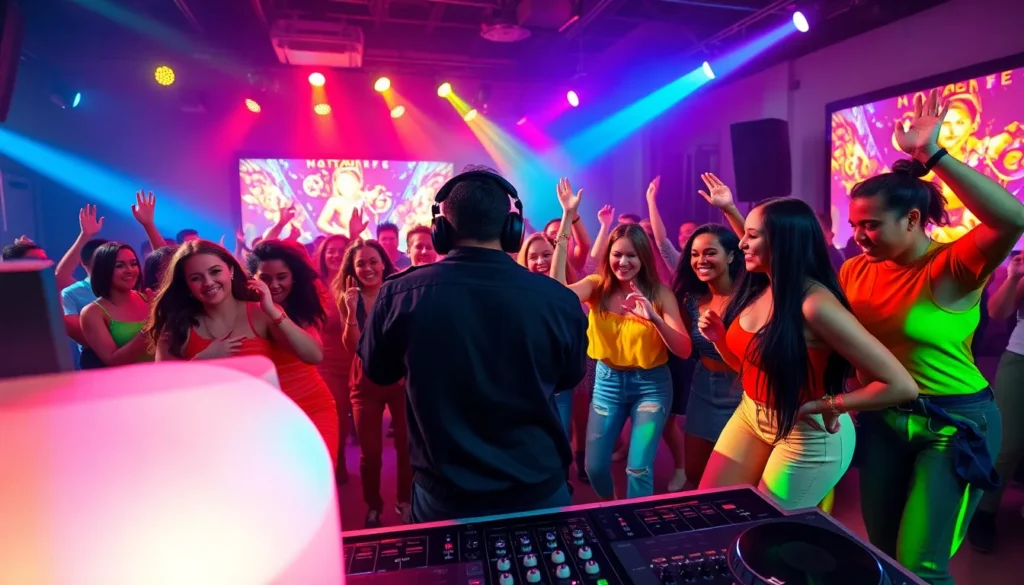Table of Contents
ToggleIn a world where technology and art are virtually inseparable, one can’t help but wonder: are we witnessing the birth of a digital Renaissance or just a well-digitized gimmick? As artists experiment with new tools and platforms, oddities like banana art appear and blur the lines of creativity and technology. This article dives deep into the captivating realm of technology art, illuminating the vibrant intersection of creativity and machine-driven innovation. Grab your virtual paintbrush, and let’s explore.
Understanding Technology Art
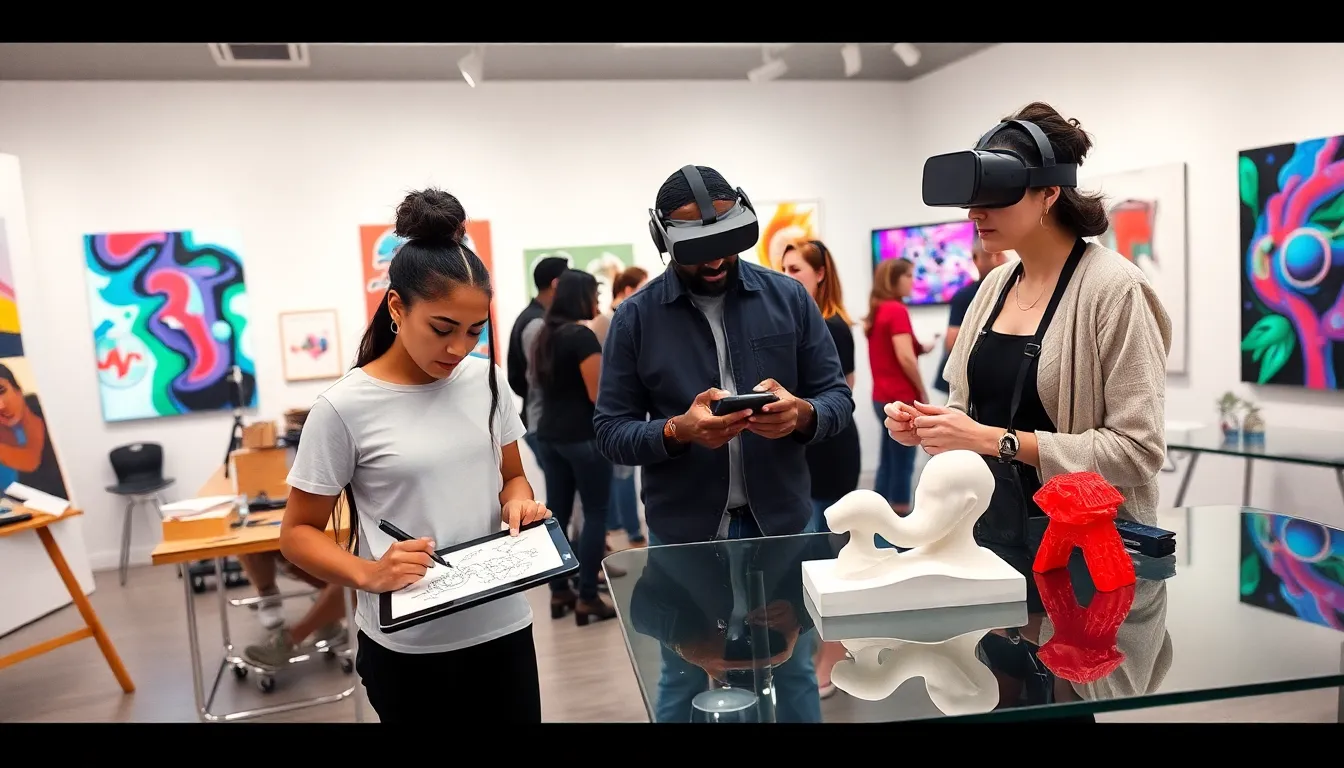
The Role of Technology in Modern Art
Technology art is transforming the art world as we know it. Traditional mediums like oil and canvas are now accompanied by virtual reality, augmented reality, and coding. Artists aren’t just sticking to paint anymore: they’re programming, animating, and designing experiences that engage audiences on entirely new levels. With tools like 3D modeling software and digital painting applications, contemporary artists have the ability to create masterpieces that were unimaginable a few decades ago.
Exploring Digital Mediums and Platforms
Artists are now showcasing their work on an array of digital platforms. From Instagram to online galleries, these mediums are both a blessing and a curse. They provide incredible exposure but also present a saturated marketplace. Amidst this chaos, artists must find innovative ways to stand out, whether through unique concepts, interactive pieces, or simply the use of vibrant digital mediums. Digital art is not merely a canvas: it’s an experience that invites audiences to participate in ways that traditional art never could.
The Intersection of Art and Technology
Impact of Technology on Artistic Expression
Gone are the days when art merely hung on walls. Nowadays, technology deeply influences how art is conceived, created, and displayed. Artists integrate sound, motion, and even data visualizations into their works to foster emotional engagement, challenging viewers to ponder the implications of technology in their lives. The shifting paradigms create a dynamic space for both avant-garde and mainstream artists to explore the rapidly evolving digital landscape.
Innovative Techniques and Tools for Artists
Techniques such as generative design and neural networks are streaming into the art world, thanks to AI advancements. Artists harness algorithms that generate designs or patterns, leading to unique collaborations between human creativity and machine intelligence. Traditional artists now have the opportunity to blend the tactile with the digital, creating artworks that seem to breathe and shift before our very eyes.
The Concept of Art in the Digital Age
Trends Shaping Technology Art
Emerging trends highlight the fluidity of art in our digital age. Interactive installations and online exhibitions are gaining traction as artists respond to a world that is increasingly online. Also, concepts like immersive environments and virtual galleries allow audiences to experience art in new dimensions. The pressing question remains: how will these developments influence what art will become?
Emergence of NFTs and Digital Ownership
NFTs (non-fungible tokens) usher in an entirely new conversation around ownership and value in art. With the ability to authenticate and trade digital artworks, artists are redefining the concept of ownership, allowing them to profit from digital creations. This paradigm creates exciting opportunities but also raises questions about the authenticity of art and its connection to traditional practices.
Bananas as a Symbol in Technology Art
Cultural Significance of Bananas in Art
Bananas might seem like a bizarre choice for an artistic symbol, yet they have made a vibrant mark in contemporary culture. From Andy Warhol’s iconic silkscreens to modern digital renditions, bananas serve as metaphors for various themes in technology art, such as consumerism and ephemeral trends. Often featured in humorous contexts, they challenge viewers to reconsider what they find valuable in artistic expression.
Current Trends in Banana Artworks
Recently, there has been a surge in banana-related artwork, especially in digital formats. Artists leverage memes and social media to push the boundaries of banana art into new realms, utilizing technology to create both commentary and comedy. Whether it’s a digital rendering of a famous banana or animated pieces doused in satire, banana art is making waves, reminding us that anything can be art, especially if it’s quirky.
Purchasing Technology Art eBooks
Where to Find Technology Art eBooks
For those hoping to investigate deeper into the world of technology art through eBooks, various platforms exist to cater to your need for knowledge. Online retailers like Amazon host a plethora of titles, while specialized art websites offer niche selections. Look for platforms that provide extensive reviews and recommendations to ensure you’re not just biting into a bland banana, so to speak.
Evaluating Quality and Authenticity in eBooks
Not all eBooks are created equal. It’s crucial to evaluate the quality and credibility of a title before clicking ‘purchase.’ Look for recognizable authors, peer-reviewed content, and reader reviews. A solid eBook should offer insights and techniques straight from the experts rather than recycled ideas that have made a dull circle in the digital world.
The Future of Technology Art and eBook Accessibility
Shaping the Future through Innovative Concepts
As technology continues to evolve, so will the methods through which art is created and experienced. Innovation carries the promise of making art more accessible. It brings with it an exciting future where virtual interactions are the norm, further blurring the lines between traditional and digital forms.
The Role of Platforms Like RedWebzine
Platforms such as RedWebzine are integral in promoting technology art and making vital resources accessible. Through their supportive community and extensive libraries, they allow artists to showcase their work and reach audiences without gatekeeping. By utilizing these platforms, emerging artists can share their unique perspectives and contribute to the evolving conversation of technology in art.

